by Ian Skellern
The 850-year-old Notre-Dame cathedral in Paris, one of the world’s most iconic buildings, was devastated by a fire on April 15, 2019 during renovations, which destroyed much of its roof and spires. The fire also destroyed the cathedral’s nineteenth-century clock.
The large 2.2-meter tower clock movement made by French clockmaker Collin-Wagner in 1867 crashed down with the roof and spire in the blaze.

One of the Notre-Dame cathedral clock faces after the fire (photo courtesy Kamil Zihnioglu/AP Photo)
After much deliberation as to how Notre-Dame would be reconstructed, the French Parliament passed a law requiring that the cathedral be rebuilt exactly as it appeared before the fire. Unfortunately, the clock’s original drawings had been long lost, and there were no digital records. Photographs offered the only clue as to how the clock might be rebuilt and while helpful they didn’t provide the precise details and measurements required to make a faithful reproduction of the original clock.
Hope springs eternal
Serendipitously, while compiling an inventory at Sainte-Trinité church in northern Paris, just four kilometers away from Notre-Dame, French watchmaker and restoration specialist Jean-Baptiste Viot found a nearly identical (though 40 cm larger) version of the Notre-Dame clock movement hidden away in a disused room, covered by boards and old furniture. The mechanical Sainte-Trinité clock had been forgotten since being replaced by an electric model more than 50 years ago.
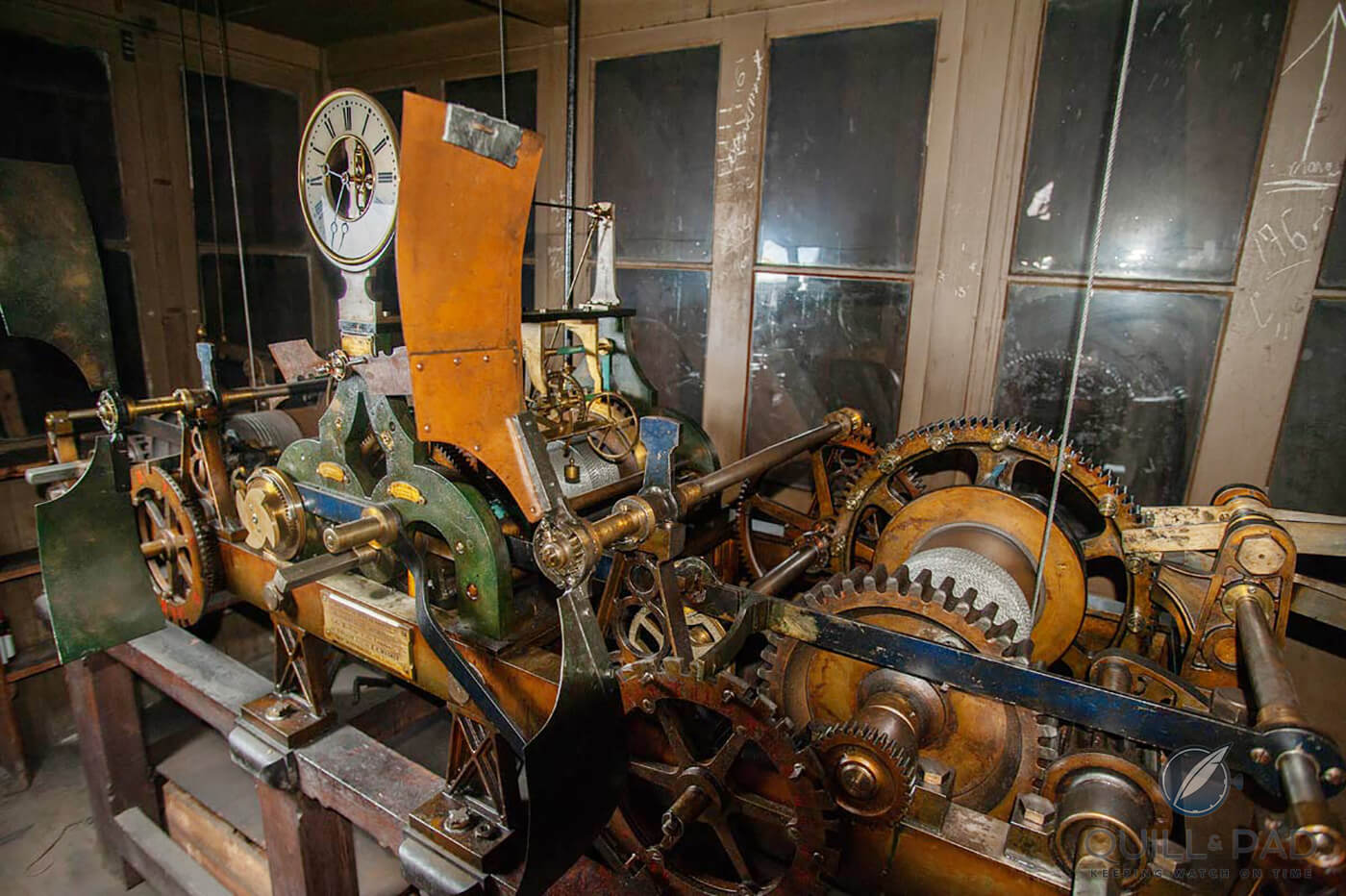
Recently re-discovered old movement of the Sainte-Trinité church clock that is a near replica of the destroyed Notre-Dame clock (photo courtesy Bruno Cabanis /l’Association Horloge Notre-Dame)
Jean-Baptiste Viot; author Bruno Cabanis (who wrote a book on the Notre-Dame clock); Olivier Chandez (watchmaker in charge of maintaining the Notre-Dame clock); and clock restorer Christine Chaligné created the Notre-Dame Clock Association (l’Association Horloge Notre-Dame) at the end of 2019. They have been working with a team of watchmaking students from the Diderot watchmaking school in Paris guided by watchmaking teacher Michel Boulanger (who you may remember from the Greubel Forsey Le Garde Temps, Naissance d’une Montre project).
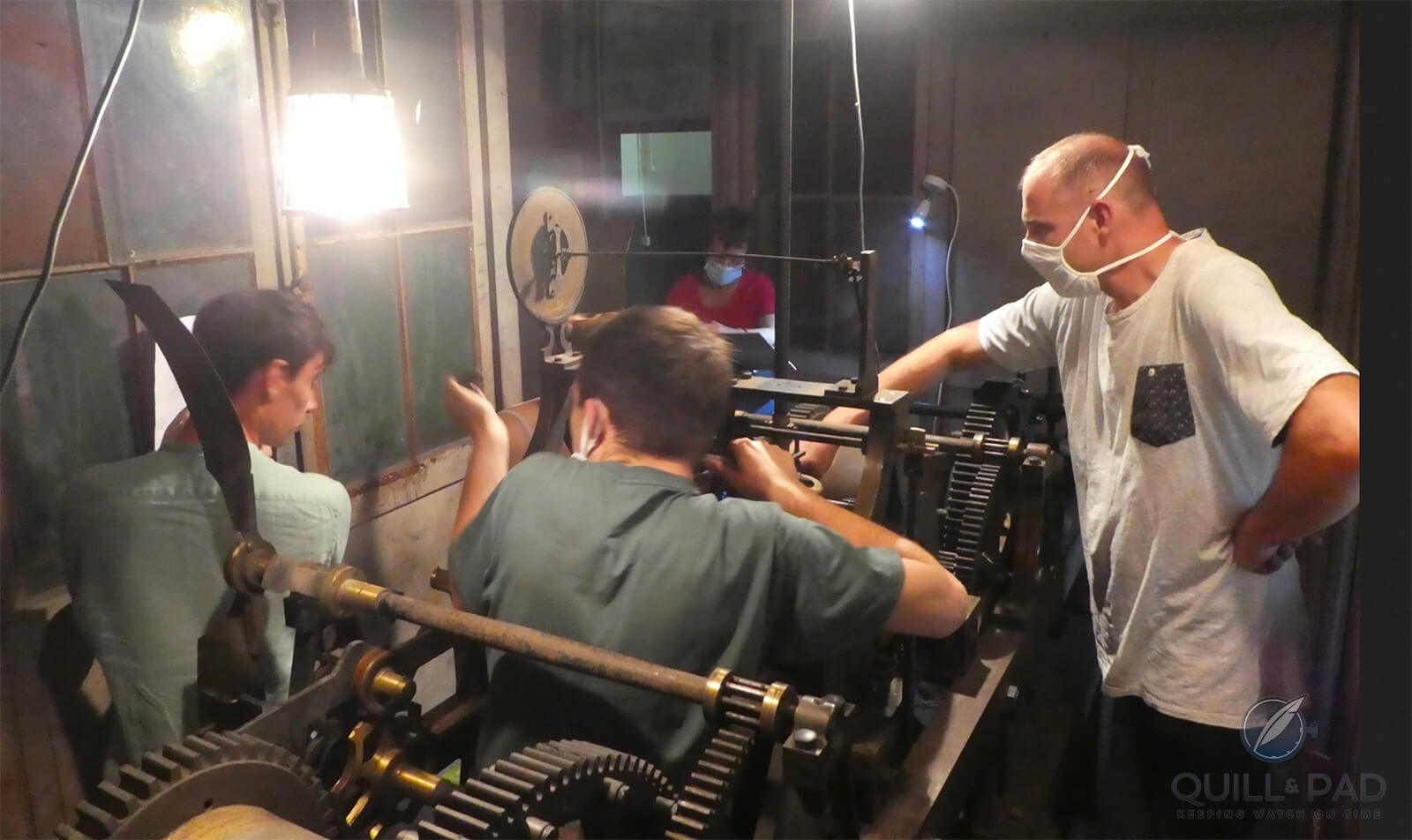
Watchmaking teacher Michel Boulanger (right) with students from the Diderot watchmaking school in Paris documenting the Sainte-Trinité clock movement with the aim of rebuilding a new clock for the Notre-Dame cathedral (photo courtesy Jean-Baptiste Viot)
The group has already begun meticulously measuring, documenting, and digitizing all of the components and mechanisms of the newly discovered Sainte-Trinité clock with the aim of creating a detailed computer model to help create a new replica clock for Notre-Dame.
Unfortunately, as yet there isn’t any budget for rebuilding the clock in the billion dollars already raised for restoring the Notre-Dame cathedral. However, these lovers of the 850-year-old church are determined that Notre-Dame’s clock will tick once more as Viot laments, “A cathedral without a clock? It’s like an aircraft carrier without any planes.”
The association needs technical, logistical, and financial support for things like organizing trips to remote sites, study trips for students, building models, studying escapements and other mechanisms of the future clock, full-scale testing, organizing public events, and buying equipment and tools.
We encourage you to follow and support the project if you can at www.horlogenotredame.com.
You may also enjoy:
Dial Restoration: Aesthetics Or Functionality? And How To Decide


















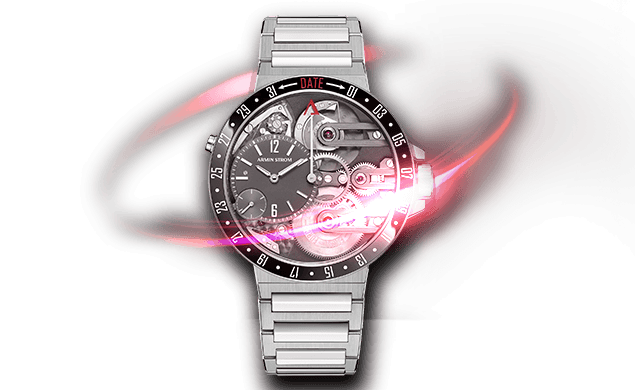
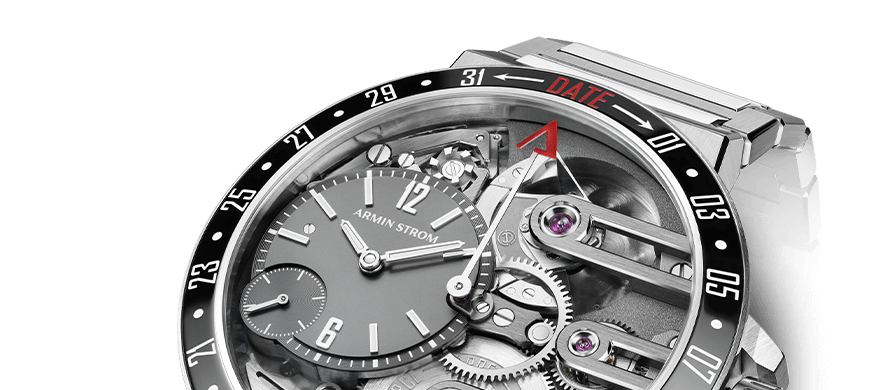
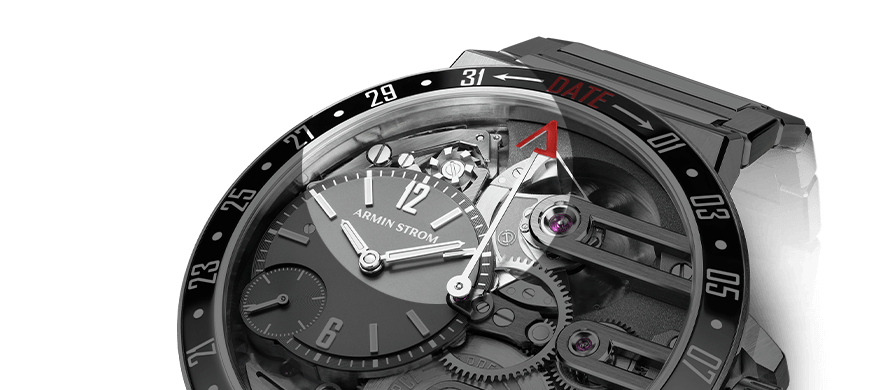


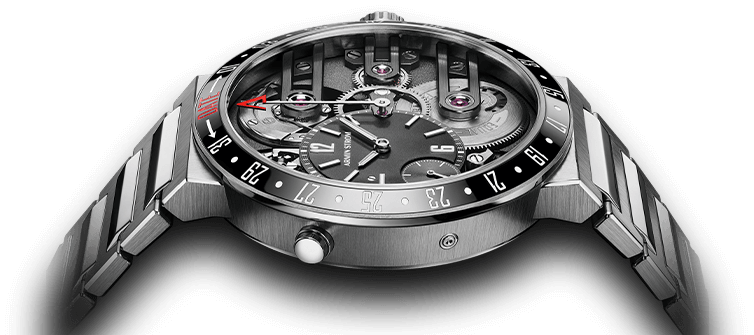
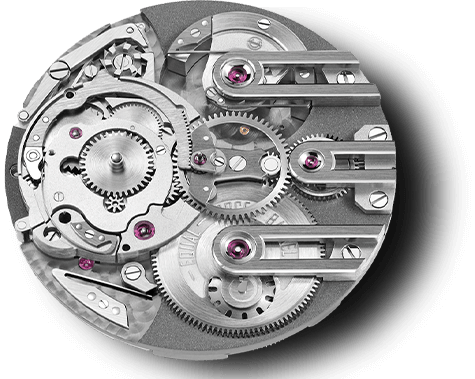







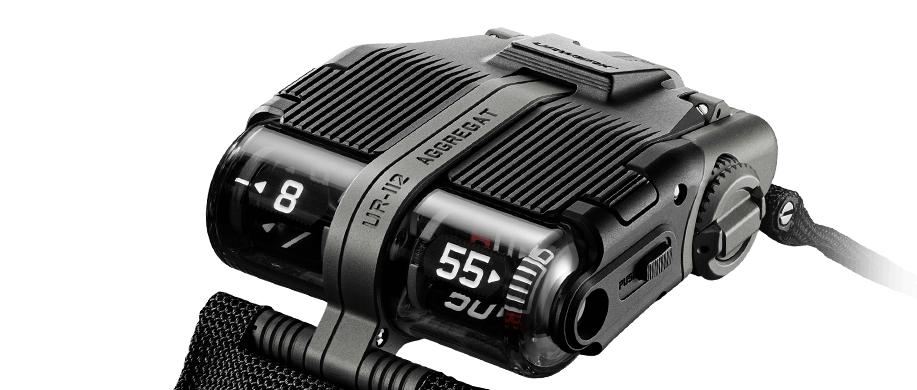
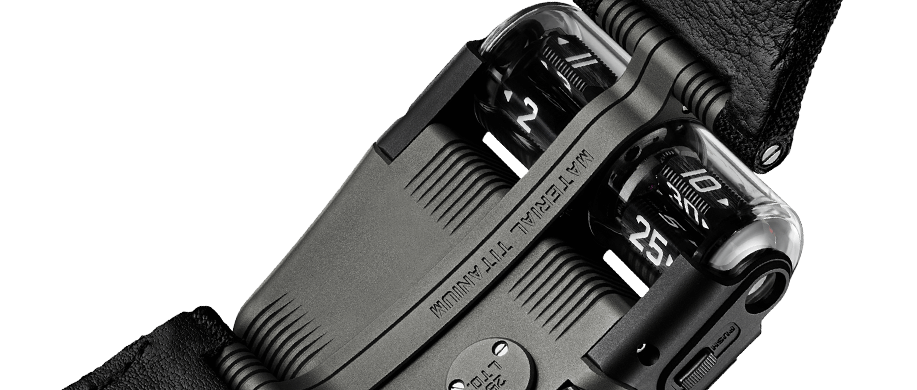
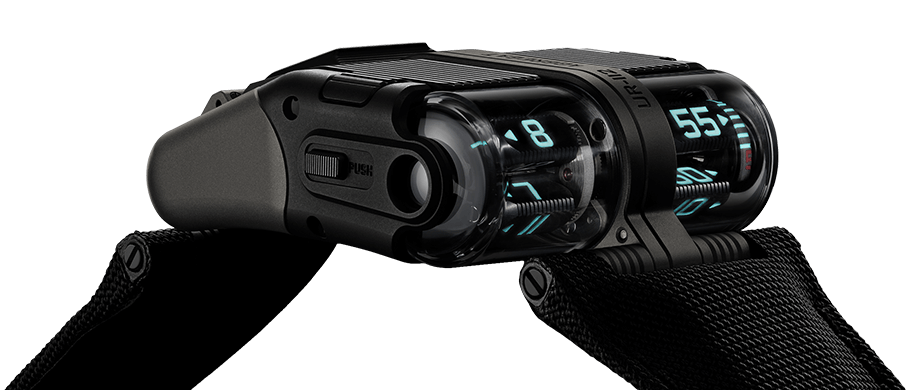


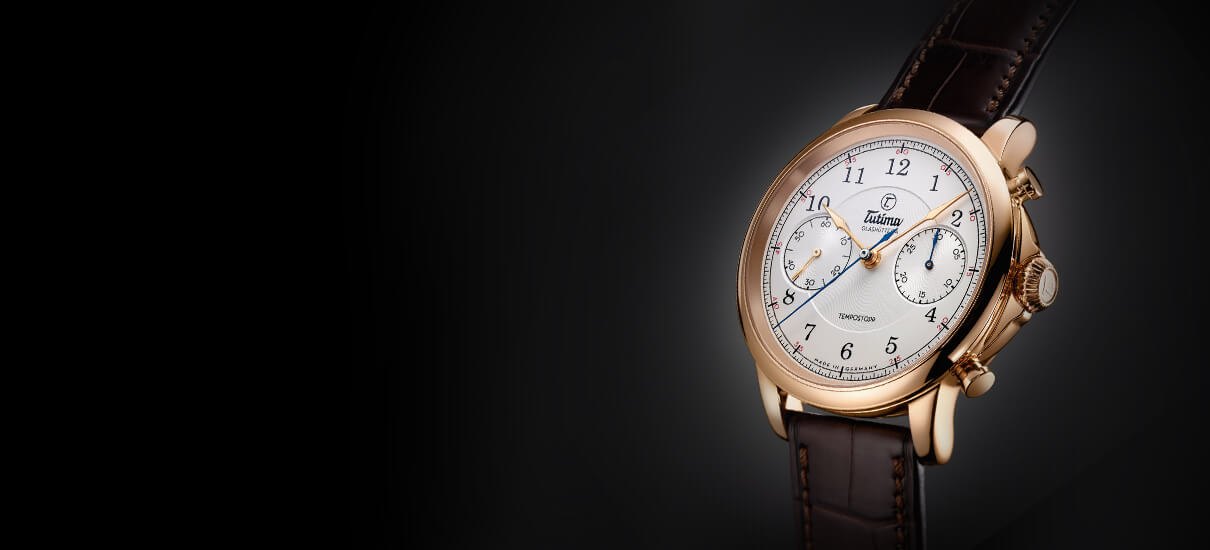





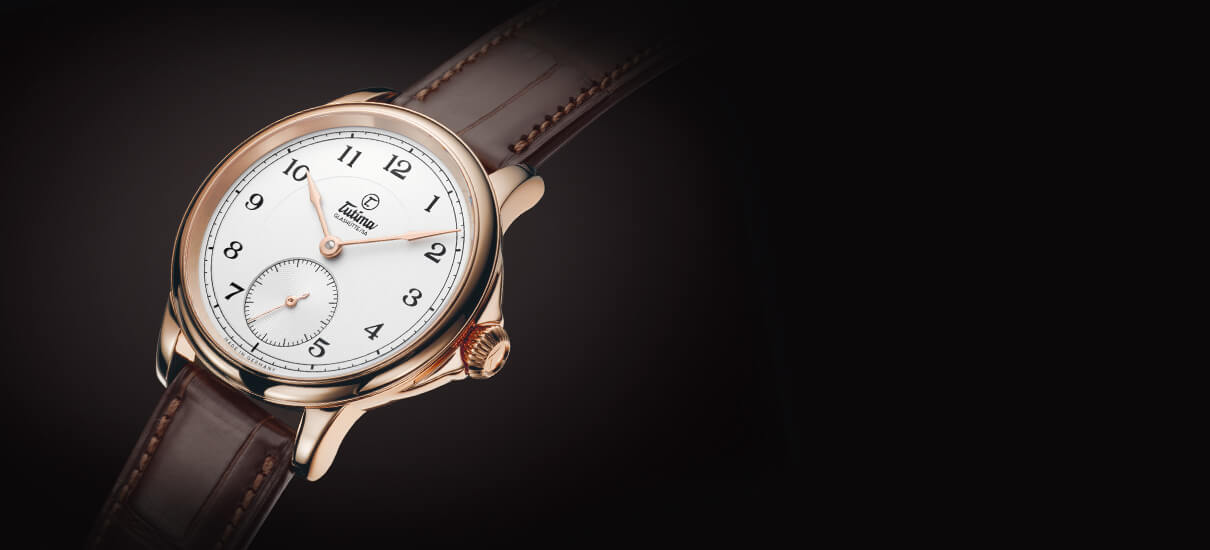





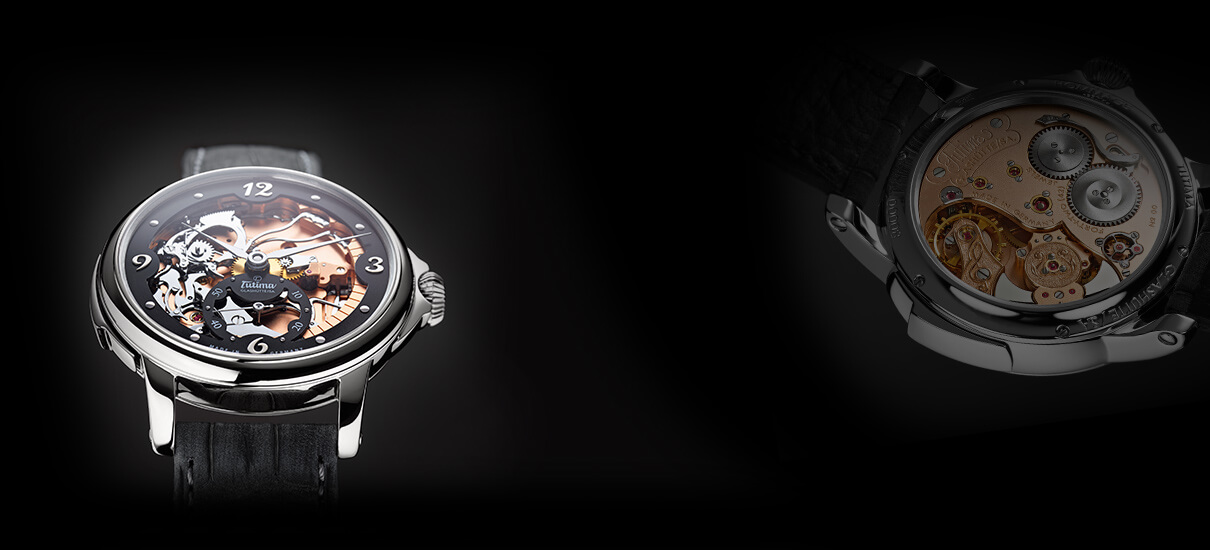



Leave a Reply
Want to join the discussion?Feel free to contribute!